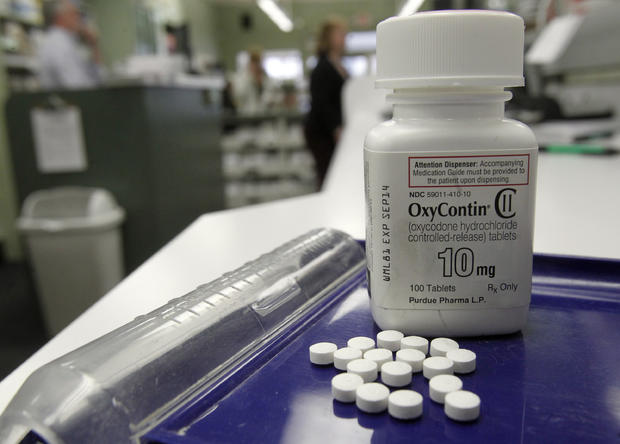Suicide rates increase dramatically among middle-aged Americans
Suicide now kills more Americans than car accidents, according to a new government report.
In 2010, the last year of available data included in the report, more than 38,000 people took their own lives. In the same year, less than 34,000 people died in motor vehicle crashes.
The Center for Disease Control and Prevention's (CDC) analysis of U.S. suicide rates found sharp increases among certain population groups, including middle-aged adults.
"Suicide is a tragedy that is far too common," Dr. Tom Frieden, director of the CDC, said in a news release. "This report highlights the need to expand our knowledge of risk factors so we can build on prevention programs that prevent suicide."
The new report showed that in 1999, the suicide rate among adults between the ages of 35 and 64 was 13.7 deaths per 100,000 Americans. By 2010, that rate climbed more than 28 percent to 17.6 suicide deaths per 100,000 people.
The suicide rates for those aged 10 to 34 and those aged 65 years and older did not change significantly during this period, the report said. Traditionally, suicide prevention efforts have focused on young people and the elderly, according to the CDC, and future interventions will have to focus on at-risk middle-aged Americans.
Suicide rates among those aged 35 to 64 increased in all states with statistically significant increases occurring in 39 states.
The suicide rate for men ages 35 to 64 years old increased more than 27 percent, from 21.5 suicides per 100,000 people in 1999 to 27.3 in 2010. Among men, the greatest increases were among those aged 50-54 years and 55-59 years, (49.4 percent and nearly 48 percent, respectively).
The suicide rate for women rose more than 31 percent from 6.2 per 100,000 in 1999 to 8.1 in 2010.
Among women, suicide rates increased with age, and the largest rate increase was observed among women aged 60-64 years -- nearly a 60 percent rise from 4.4 per 100,000 to 7.0 suicides per 100,000 people.
The largest increase over this time was seen in American Indian/Alaska natives, who reported a 65 percent rise over the decade study period (from 11.2 deaths per 100,000 in 1999 to 18.5 deaths by 2010). Rates rose more than 50 percent among white middle-aged adults from 15.9 deaths in 1999 to 22.3 deaths in 2010.
Firearm and hanging/suffocation were the most common suicide mechanisms for middle-aged men. Poisoning and firearm were the most common mechanisms for middle-aged women.
Overall, about eight suicide deaths per 100,000 people were caused by gunshot, and about four per 100,000 were caused by poisoning and suffocation each.
The report was published May 2 in the CDC's journal, Morbidity and Mortality Weekly Report.
Julie Phillips, an associate professor of sociology at Rutgers University who has published research on rising suicide rates and was not involved in the new study, told The New York Times that the statistics are "vastly underreported."
"We know we're not counting all suicides," she said.
The new study did not look at reasons for the increases in suicide rates, but the researchers speculated the rise in suicide rates among middle-aged adults could be a result of the recent economic downturn from the recession that lasted from 2007 through 2009. Higher suicide rates are often observed during economic hardships, according to the CDC.
There also may be a rise in intentional overdoses associated with the surges in opioid painkiller prescriptions in recent years.
Also, the CDC added that baby boomers had higher suicide rates in their teen years, and the latest study may be continuing this trend.
"Some of us think we're facing an upsurge as this generation moves into later life," Dr. Eric Caine, a suicide researcher at the University of Rochester, told the Associated Press.
The CDC said that these results highlight the need for suicide prevention strategies that address the stresses and challenges that middle-aged adults are likely to face, including economic challenges, potential health problems and dual caregiver responsibilities for children and aging parents.
A recent surveysuggests many aging adults in the U.S. are counting on their families to pick up caregiving needs, which could potentially create problems. Government data show nearly 7 in 10 Americans will need long-term care at some point after they reach age 65.
"The boomers had great expectations for what their life might look like, but I think perhaps it hasn't panned out that way," Phillips told the Times. "All these conditions the boomers are facing, future cohorts are going to be facing many of these conditions as well."


